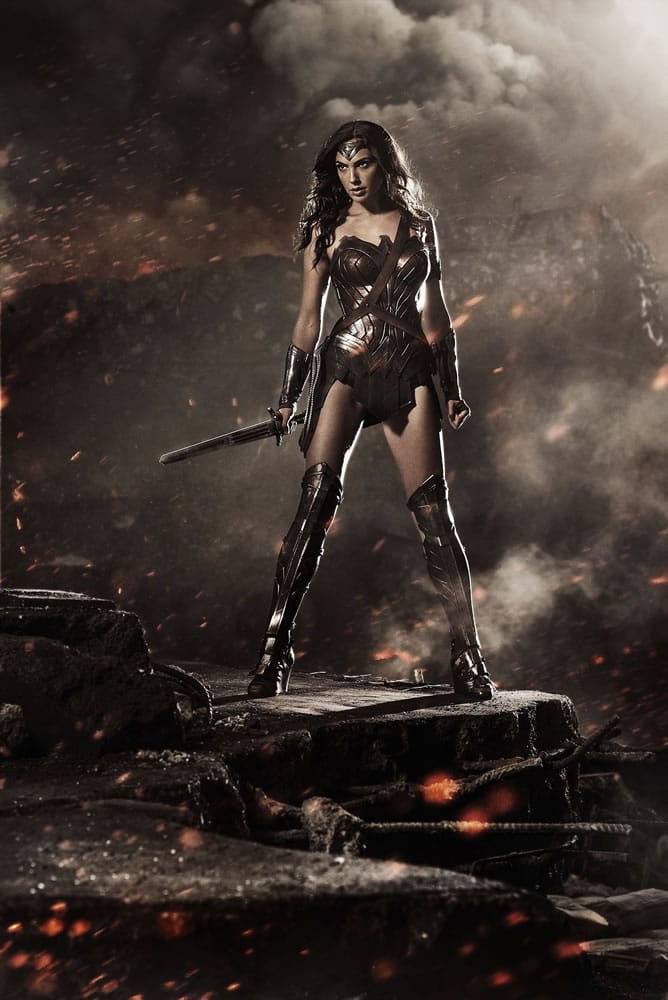LOS ANGELES — Batman. Spider-Man. Iron Man. Ant-Man.
The list of male superheroes starring in their own big-screen escapades is bigger than Tony Stark’s ego, and the billions of dollars these films have generated rival the fortunes of the well-off tinkerer. However, in spite of Hollywood’s continued fascination with supermen, a new surge of female power could finally electrify the genre and more closely resemble the audiences of comic book adaptations.
That’s the apparent takeaway from Marvel Studios’ latest release, “Ant-Man.” The film concludes with — spoiler alert — Evangeline Lilly’s character, Hope Van Dyne, being bestowed with her late mother’s prototype superhero suit and alter-ego. When she spots the ensemble, she satisfyingly informs her inventor father, “It’s about damn time.” It likely is, considering 42 percent of “Ant-Man” ticket buyers on opening weekend were women.
Over the past seven years of interconnected Marvel superhero movies, female characters who are not Black Widow have mostly been relegated to the sidelines as love interests, sidekicks, damsels in distress or all of the above.
But Scarlett Johansson’s shadowy agent Black Widow is no longer the sole Marvel movie heroine, following the introduction of Zoe Saldana’s alien assassin Gamora in last year’s “Guardians of the Galaxy,” Elizabeth Olsen’s mind-bending Scarlet Witch this year in “Avengers: Age of Ultron” and Lilly’s winged Wasp at the end of “Ant-Man.”
“Their intentions are in the right place,” Lilly said. “They just have to get there.”
Financially, solely focusing on female superheroes has never boosted the bottom line for movie studios. “Supergirl,” “Elektra” and “Catwoman” each failed to dazzle audiences or critics, but that was before the current superhero boom.
Since then, the young-adult, female-led adaptations of “The Hunger Games” and “Divergent” series rocketed to the top of the box office, and women accounted for more than 40 percent of the opening weekend crowds for “Age of Ultron” and “Guardians of the Galaxy.”
Regardless of the recent boost of womankind in Marvel’s superhero movie line-up and among theatergoers, the Disney-owned studio isn’t planning to release a film centered on a singular female superhero until 2018’s “Captain Marvel.” In the comics, the character is a female fighter pilot who lands superpowers after a freak extraterrestrial accident.
Warner Bros. will actually beat Marvel to punch a year earlier with “Wonder Woman” in 2017 starring Gal Gadot. She’ll first pop up as the DC Comics character in next year’s “Batman v Superman: Dawn of Justice.” The demigod will later join several male superheroes for a two-part “Justice League” film series.
Other than the warrior princess and some female anti-heroes in next year’s baddie mash-up “Suicide Squad,” the forthcoming cinematic take on DC Comics’ super-powered population is expected to be just as dominated by characters with XY chromosomes as the Marvelverse, unless the likes of Batgirl, Black Canary or Hawkgirl swoop in.
The scenario is similar for Fox’s “Fantastic Four,” out Friday. The reboot features a lone lady: Kate Mara’s Invisible Woman. Conversely, the movie studio’s mutant-filled “X-Men” franchise has always featured a mix of male and female characters over the past 15 years, and next year’s “X-Men: Apocalypse” edition will star the series’ most diverse cast yet.
The question of just how female superheroes can fare on their own with modern audiences will be tested later this year, not in theaters but on small screens. CBS’ “Supergirl” and Netflix’s “Jessica Jones” are set to debut in the fall. If those serialized adaptations soar on television, perhaps their superhero sisters will on the big screen, as well.



